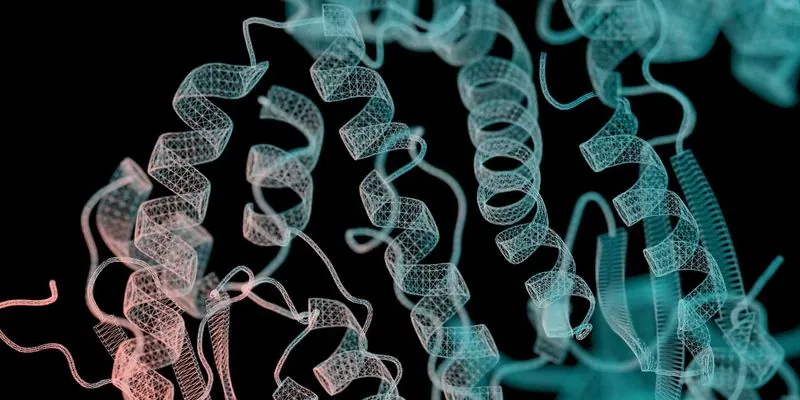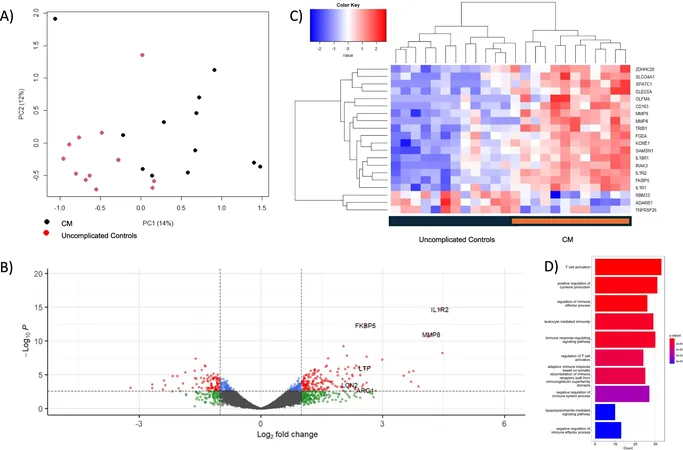
Unlocking the Secrets of Drug Discovery: How Chemoproteomics Targets 'Undruggable' Proteins
2025-05-08
Author: Li
The Mystery of Proteins Unveiled
With over 100,000 unique proteins in the human body, each crafted from various amino acids, decoding their intricate three-dimensional structures has been a longstanding challenge in the realm of medicine. As scientists strive to develop small molecule drugs that interact with these proteins, understanding merely their structures isn't enough. Discovering whether these compounds interact effectively within the cellular environment is critical.
Opening New Frontiers in Drug Development
Chemist Benjamin Cravatt from Scripps Research Institute emphasizes the need to identify how small molecules impact proteins directly, especially in disease environments. To tackle this, he and his team launched the field of chemoproteomics 15 years ago. This innovative approach is revealing previously elusive targets for drug discovery, allowing scientists to explore areas previously ignored by traditional pharmaceutical methods.
Conquering the 'Undruggable' Dilemma
A staggering 80% of the human proteome consists of what are termed 'undruggable' proteins—those with complex structures lacking easily accessible binding pockets. These proteins, which include crucial cellular regulators, remain challenging to target, leaving many patients without effective treatments.
However, buried deep within these proteins may exist cryptic binding sites, only revealed when small molecules bind. Biochemist Qing Yu notes the potential of identifying these sites, paving the way for the rational design of drugs that inhibit protein activity.
Innovative Mapping Techniques
A turning point in this search came when Keriann Backus, a postdoctoral fellow in Cravatt’s lab, developed a novel approach to map cysteine locations in proteins where small molecule ligands might bind. Her method involved a library of small molecule fragments that target accessible cysteines in their natural cellular context, enabling a comprehensive analysis of reactive sites.
From Laboratory Studies to Real-World Impact
In 2017, Cravatt co-founded Vividion Therapeutics, a startup focused on leveraging this pioneering research. The company's innovative platform has enabled the accelerated identification of potential drug candidates, with a pipeline targeting various diseases, including cancer. One notable candidate, VVD-130850, specifically targets the STAT3 transcription factor, entering Phase 1 clinical trials in recent times.
Expanding Horizons with Unique Mechanisms of Action
Vividion is also exploring unique pathways, such as a recently identified molecule that targets the Werner syndrome helicase—an essential DNA repair protein linked to cancer when defective. Their findings show that this new drug can induce tumor regression while sparing healthy cells, marking a significant step towards treatment breakthroughs.
Beyond Cysteines: The Future of Chemoproteomics
Despite advancements, researchers acknowledge there's much to uncover in the human proteome, having only accessed a fraction of reactive cysteines. As mass spectrometry technology evolves, chemists are optimistic about exploring other amino acids, promising a deeper dive into unexplored binding pockets.
As startups and researchers continue to innovate, the landscape of drug discovery is shifting dramatically. With the ongoing exploration of cryptic binding sites across diverse protein families, the potential for safer, more targeted therapies grows ever closer. Cravatt’s team recently showcased their findings on the FOXA1 transcription factor, demonstrating how small molecules can alter its interaction with DNA, further illustrating the breadth of chemoproteomics.
A Bright Future in Drug Development
The integration of functional assays with chemoproteomic screens is on the horizon, aiming to not only identify binding sites but also evaluate the functional consequences of these interactions. This dual approach could significantly elevate the understanding and utility of new drug candidates, ushering in a new era of targeted therapies.
As this transformative landscape unfolds, the collaboration between academia and industry continues to be crucial, paving the way for more effective treatments and illuminating the path from molecule to medicine.




 Brasil (PT)
Brasil (PT)
 Canada (EN)
Canada (EN)
 Chile (ES)
Chile (ES)
 Česko (CS)
Česko (CS)
 대한민국 (KO)
대한민국 (KO)
 España (ES)
España (ES)
 France (FR)
France (FR)
 Hong Kong (EN)
Hong Kong (EN)
 Italia (IT)
Italia (IT)
 日本 (JA)
日本 (JA)
 Magyarország (HU)
Magyarország (HU)
 Norge (NO)
Norge (NO)
 Polska (PL)
Polska (PL)
 Schweiz (DE)
Schweiz (DE)
 Singapore (EN)
Singapore (EN)
 Sverige (SV)
Sverige (SV)
 Suomi (FI)
Suomi (FI)
 Türkiye (TR)
Türkiye (TR)
 الإمارات العربية المتحدة (AR)
الإمارات العربية المتحدة (AR)